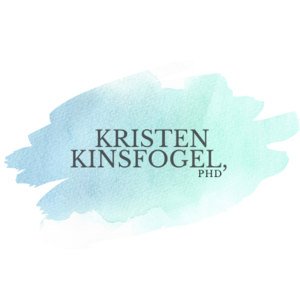Understanding Anxiety
Fear vs Anxiety
Fear and anxiety are normal emotions we experience that serve a survival importance. We need these emotions to keep us alert of potential danger or to motivate us to act in a certain way. However, these emotions become problematic when they recur and interfere with the completion of everyday, normal activities. The goal of cognitive therapy is to interpret and establish the underlying fear causing your anxiety. So what is the difference between fear and anxiety? Fear is defined by a basic emotional reaction caused by the recognition of imminent or probable danger. Regarding cognitive therapy, feat acts as a thought of looming danger to one’s safety. Compared to fear, anxiety is a much more extended and intricate emotional state that is usually triggered by an initial fear. Anxiety becomes persistent as one is consumed with the future possibility of some event. Anxiety is more lasting than fear because it involves a state of doubt and physical arousal such that one does not believe they can control or predict future situations. Anxiety is always focused on the future and involves “What if” thinking. Although they are two different emotions, fear acts as the underlying psychological state that drives anxiety.
Social Anxiety
Social Anxiety is a type of anxiety disorder that develops from fear of social situations where one might be embarrassed form the risk of being perceived negatively by others. Social anxiety is distinguished by physical symptoms like sweating, trembling, increased heart rate, hardships in expressing oneself well, and blushing. Some of the more psychological distinctions include extensive fear of being embarrassed, constant worry about being judged or making a good impression, and panic attacks. Cognitive behavioral therapy focuses on three main behaviors that are common within social anxiety: fear of negative evaluation, heightened self-focus, and extensive avoidance.
Case Example:
Sarah is a 19 year-old college student who is in her sophomore year. She has a few close friends and is doing well in school, but feels extremely anxious when meeting new people or speaking up in class. She is aware of not wanting to be in the spotlight for fear of being judged by others. When meeting someone, she immediately worries about impressing them, plagued by self-critical thoughts that she doesn’t have anything interesting or worthwhile to say. She also has difficulty expressing negative feelings such as anger and tends to avoid conflicts or disagreements with others. Treatment in therapy included identifying the self-defeating attitudes underlying her fears (e.g., rigidly believing that people will accept and admire only our strengths and will reject us if they know of our vulnerabilities) and learning to face and become more comfortable with the situations she tended to avoid.
Generalized Anxiety Disorder (GAD)
Generalized Anxiety Disorder is one of the most common mental health conditions and is characterized by excessive anxiety and worry about a range of subjective concerns. Some of these may include relationship worries, financial problems, health concerns, work or school stressors, etc. With GAD, stressful life events or other personal concerns trigger the anxiety that leads to ruminative thinking. GAD differs from everyday worrying as it involves 6 or more months of recurrent and intense worry and tension. Many who have GAD tend to expect the worst case scenario in situations and excessively worry even when there is no realistic reason to. Stress is one symptoms of GAD and is associated with physical symptoms such as muscle tension, insomnia, gut distress, and high blood pressure.
Panic Disorder
Panic Disorder is an anxiety disorder characterized by repeated, unanticipated panic attacks which involve physical symptoms like shortness of breath, dizziness, chest pain, and concerns of having a heart attack. Many with this disorder have persistent concerns about when their next attack could occur or feel as if they are in danger when danger is not imminent. Panic attacks can range in frequency and after the initial panic attack, usually increase in intensity leading to panic disorder. Panic disorder in combination with compelling avoidance is called panic disorder with agoraphobia. Agoraphobia involves extreme avoidance of scenarios in which it may be difficult to escape as a result of an irrational fear of being in unfamiliar places or places in which a panic attack may be induced.
